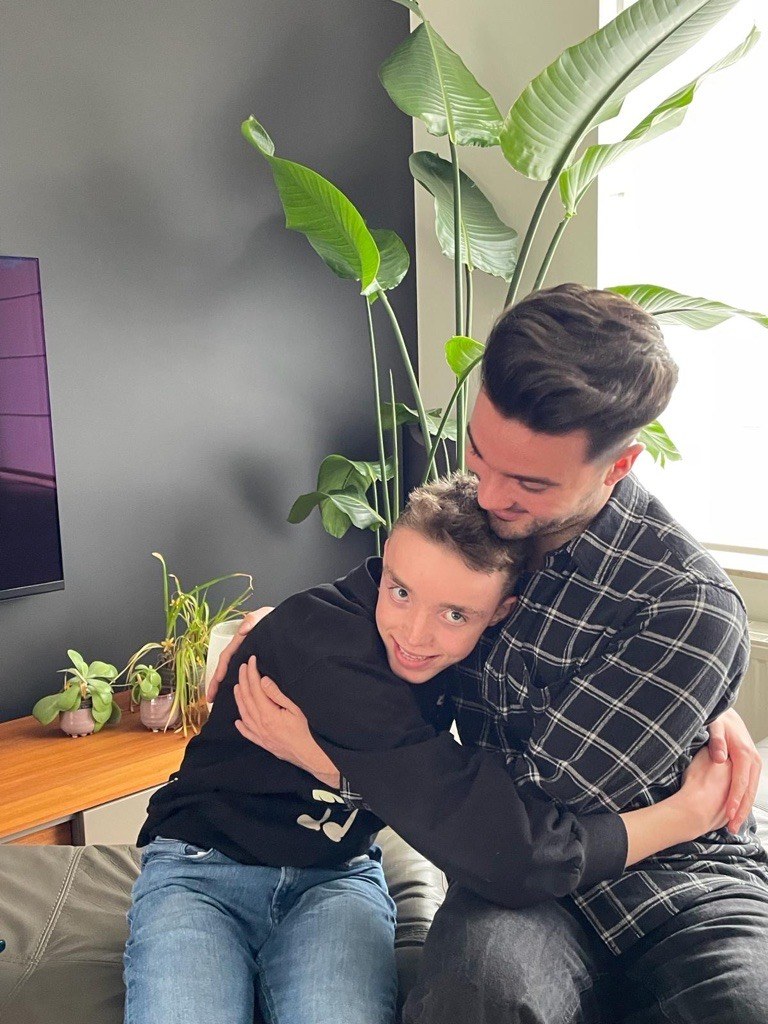Heterozygous ADNP mutations cause incorporation of a premature termination codon in the transcript and escape nonsense-mediated decay, thereby truncating the protein. However, detection of the wild-type protein and ADNP mutants is ambiguous by means of western blotting with multiple laboratories reporting conflicting results.
For this reason, we will encompass several detection strategies to characterize the ADNP protein in various specimens.
Moreover, truncating ADNP mutants different in expression of the protein and subcellular localization, depending on the location of the ADNP mutation. While these overexpression systems provide a wealth of information, the necessity for an animal model remains imperative to comprehensively study ADNP mutations in the brain. Therefore, we created a novel ADNP heterozygous mouse model containing a C-terminal frameshift mutation akin to a patient mutation.
We are performing an extensive molecular and behavioral characterization of our novel mouse model to unravel dysregulated brain pathway and identify targets that hold promise for therapy. Unfortunately, treatments to completely reverse symptoms of Helsmoortel-Van der Aa syndrome patients have currently not been discovered. However, several potential drug candidates have been identified, aiming to alleviate some of the symptoms associated with the condition.
We will test the experimental ADNP-derived neuroprotective drug candidate NAP/Davunetide in three ADNP heterozygous mouse models with a different mutational origin in hope to reverse part of the dysregulated brain pathways and abnormal behaviors. To further study the Helsmoortel-Van der Aa syndrome, immortalized human cell lines, murine tissues, embryonic stem cells or other model systems have been investigated. However, none of these studies have been performed in disease-relevant tissue. Hence, we will implement a unique case study on autopsy material of a six-year-old child with the heterozygous c.1676dupA/p.His559Glnfs*3 de novo ADNP mutation, thereby substantiating results from published in vitro and in vivo model systems to the human ADNP brain.
